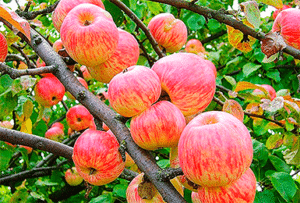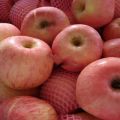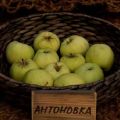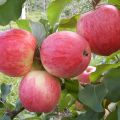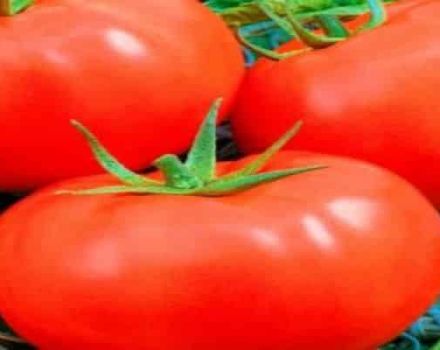Descriptions of the best apple varieties for growing in Siberia and how to properly care
For many years, the unfavorable climate has been an insurmountable obstacle to the cultivation of fruit trees. Heat-loving plants could not survive severe frosts and resist the whims of nature. As a result of the painstaking work of breeders, many unique plant varieties have appeared. The pinnacle of the achievements of talented scientists were apple trees for the gardens of Siberia.
How to choose the right variety
In the difficult climatic conditions of Siberia, it is necessary to choose frost-resistant types of apple trees. The ability of plants to recover quickly after a sudden thaw and recurrent frosts is of great importance. Winter-hardy varieties of Siberian selection meet the strict requirements of agricultural technology.
What varieties are better to choose for Siberia
The territory of Siberia is divided into two large parts. Each of them has its own climatic conditions, so the requirements for varieties may differ. With a careful approach to business, you can grow the most productive trees.
Western
In the temperate continental climate of Western Siberia, summers are hot and winters are harsh, but still the conditions for the growth of apple trees are milder than in the gardens of the eastern region of Siberia. Winter temperatures rarely drop below 35 ºC.
When choosing material for planting, it is better to focus on varieties that are resistant to cold and have an early ripening period. Such qualities are endowed with the varieties Zavetnoye or Altayskoye Yantarnoye.

Eastern
The harsh continental climate brings with it fierce winters. Sometimes the air temperature drops to -60 ºC. Summer temperatures in the harsh region range from 20 to 40 ºC.
Huge temperature changes have a detrimental effect on apple trees, so you need to choose the strongest and most frost-resistant varieties, such as Lydia, Parent, Autumn Joy.
Varietal characteristics
What information is important when choosing a tree type:
- The degree of frost resistance.
- Maturity dates of the crop.
- Fruit taste.
- External qualities of fruits (color, shape).
- The presence of strong immunity.

Ranetki
The trees are decorated with a bright scattering of miniature, sweet apples. The plant is unpretentious, calmly tolerates frosts and temperature changes. The undemanding tree is resistant to diseases and regularly gives its owners a bountiful harvest.
Semi-crops
Breeders bred semi-cultivated varieties by crossing ranetki with large-fruited apple species. Saplings are grown in standard form, while other varieties are often cultivated in the form of a stanza or bush. Most varieties need cross-pollination, so 3-4 varieties of semi-cultivated apple trees are planted in the garden.
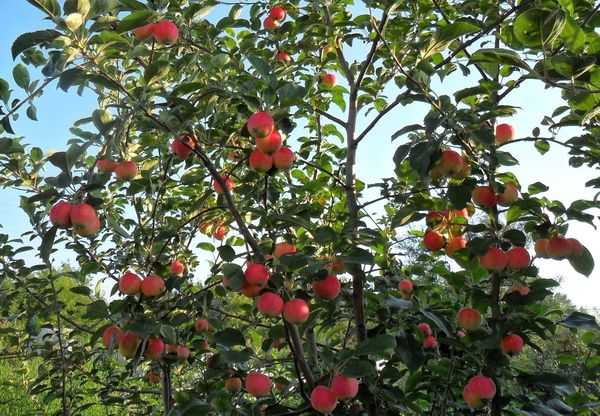
Large-fruited creeping
It is difficult to grow large-fruited varieties in Siberia. They do not tolerate frost well, so the plants are grown in stanza form. Due to its creeping shape, the plant takes up a lot of space, so it is better to grow it in a spacious area.
Columnar
Plants are modest in size, the crown diameter does not exceed 50 cm. Small branches are located on the thickened trunk. You should not expect big harvests from apple trees. Unfortunately, columnar trees have several disadvantages:
- Poor wintering of plants. In winter, the part that is above the snow level often freezes out.
- Trees require frequent pruning. Otherwise, the apple tree strives to form several trunks.
- Short lifespan. On average, a columnar apple tree lives for 8-9 years. Trees will often have to be replaced with young seedlings.
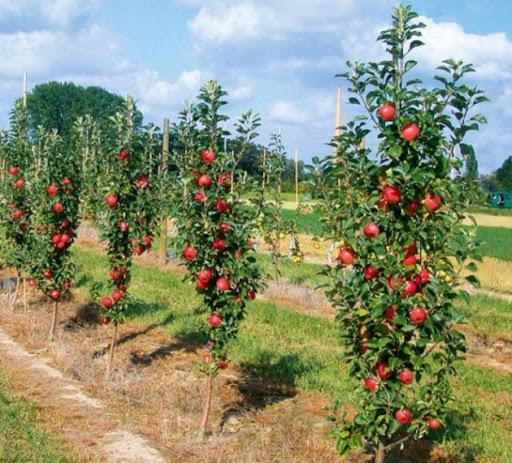
According to experts, columnar apple trees should not be planted on the territory of the Novosibirsk region.
Dwarf
Only hybrid varieties are suitable for Siberian gardens. Regular dwarf trees cannot be grown in harsh conditions. Plants are frost-resistant and are able to regularly delight the owners with the harvest. The varieties Palmetta and Zhigulevskoye have proven themselves well.
Stamp
For the formation of standard forms, ranetki and semi-cultured, small-fruited tree species are used. A short plant boasts a lush crown and an even trunk. It is very convenient to look after such an apple tree.
Ripening classification
When creating a garden, you need to make sure that the seedlings are of different ripening periods. This trick will help you get the most out of your plants.

Summer
Apple trees are harvested in late July and August. Summer fruits are stored for no more than 4 weeks.
Ranetka Ermolaeva
Surprisingly unpretentious plant. It easily tolerates severe frost and rarely gets sick. The bright red fruits are sour, but after the onset of cold weather the apples become sweeter. The tree feels great in any conditions, except for the Far North. Ranetka is not demanding on sunlight and soil fertility.
Alyonushka
The tree belongs to semi-dwarfs. The plant is decorated with weeping branches. Miniature bright yellow apples boast a sweet taste and a special spicy aroma. The plant easily tolerates cold, but, unfortunately, does not have strong immunity. The apple tree often falls prey to fungal infections.

Ermakovskoe mountain
The small, yellow fruits are adorned with streaks of scarlet. The apples are sweet and sour, aromatic. A distinctive feature of the tree is twisted branches. The fruits ripen in August. The harvest is stored for no more than a month. Leaves are prone to scab disease. The plant's winter hardiness is average.
Minusinskoe red
An unpretentious variety, recommended for breeding in any region of Siberia. Golden fruits are decorated with blush. The apples are sweet, small. Fruits ripen by mid-August. The harvest is stored for no more than 3 weeks.
Altai crimson
It grows well both in Western and Eastern Siberia. The height of the tree reaches 2.5 meters. The fruits are small and sweet. The variety is reliable and frost-resistant. It reaches maturity by the last days of August. Apples can be stored for up to 2 months. The tree is scab resistant.
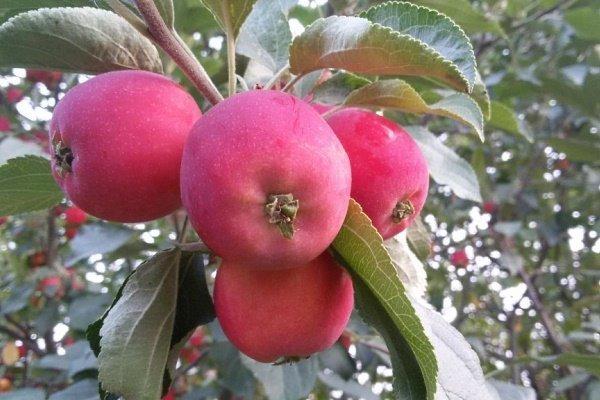
Melba
The visiting card of the apple tree is a wonderful aroma reminiscent of the smell of sweets. Sweet and sour fruits grow weighing from 80 to 140 g and reach maturity by the last days of August. You can store the crop until January. Melba's only drawback is its susceptibility to scab.
Gornoaltaiskoe
The plant is frost-hardy, but at low temperatures it can freeze. It recovers quickly. The fruits are small, sweet and sour, slightly covered with a waxy coating. The harvest ripens by the last days of August.
Zhebrovskoe
The tree is distinguished by its resistance to diseases and excellent taste of small, yellow fruits. The plant tolerates low temperatures well. The crop is harvested in the second half of August.
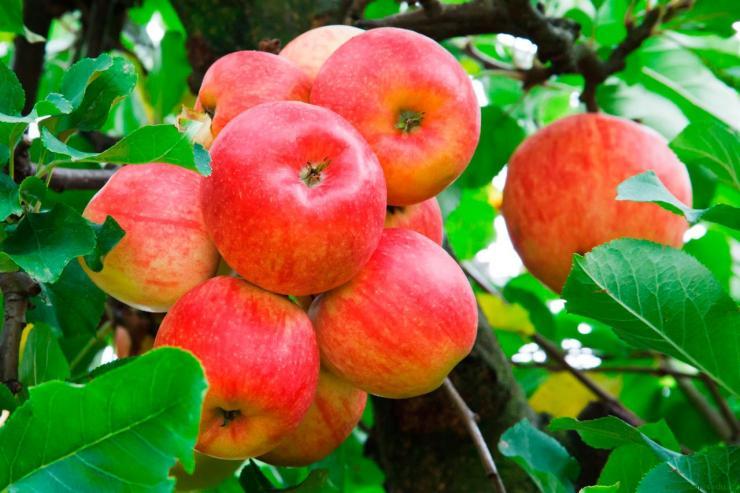
Autumn
Autumn species of apple trees reach maturity by the first half of September. The fruits can be stored for 1 to 3 months. Some varieties can be called winter. Late apples ripen by the end of September. You can store such fruits for 6 months. Knowing these features, it is not difficult to decide which varieties are best to plant in the country.
North synap
Differs in late ripening. The harvest can only be taken at the beginning of October. The plant is frost-resistant, tolerates drought well, and is resistant to scab. Fruits are sweet and sour, spicy, medium in size.
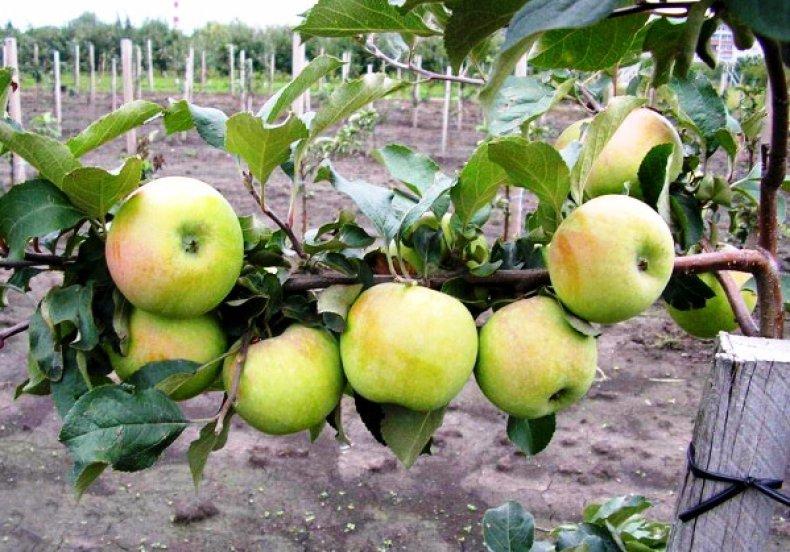
Surkhurai
The apple tree is resistant to cold weather and temperature extremes, and has good immunity. Raspberry fruits are famous for their excellent sweet and sour taste. The harvest ripens in the second half of August.
Hope
Autumn, frost-resistant variety. The fruits are yellow, but as they ripen, they acquire a red color. The apples are sweet and sour. Ripen in the first half of September.
Tolunay
A small tree is able to resist pests and diseases with honor. At the same time, the plant can hardly tolerate temperature extremes. The harvest ripens by the last days of August or early September. Fruits are pink, sweet and sour.
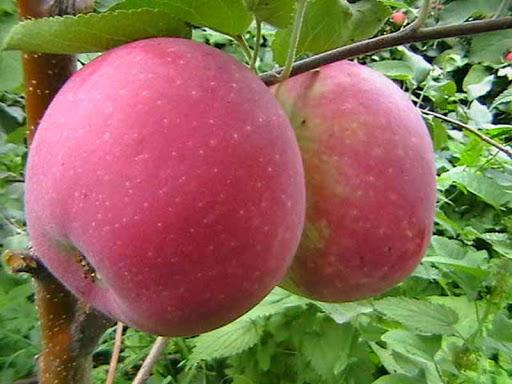
Cherished
A low-growing tree with a spreading crown. Easily tolerates cold, disease resistant. The harvest ripens by the end of September. The apples are red, sweet, with a strawberry flavor.
Ural bulk
A frost-resistant variety, adapts to any conditions. The yields are plentiful, the fruits are sweet, with a slight sourness. Apples are so tasty and sweet that they are eaten for people with stomach ulcers.
Altai souvenir
The apple tree is suitable for planting in Western Siberia. The attractive, medium-sized fruits ripen in September. Due to its modest size, the tree does not freeze. The apples are yellow with red shading. The taste is sweet and sour. The pulp is grainy and very juicy. You can store the crop for 4 months.
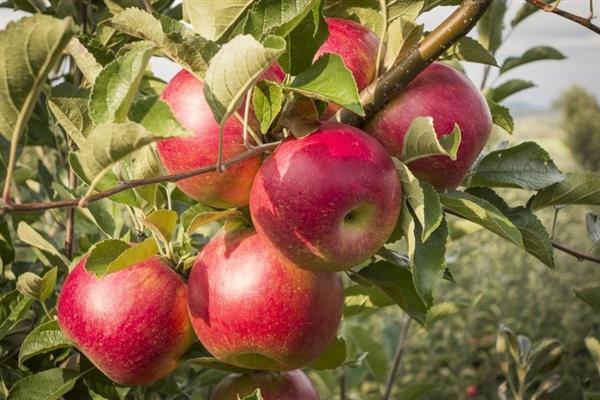
Lungwort
Not afraid of frost, resistant to scab. The tree grows well in conditions of close groundwater. The harvest ripens at the end of August. Fruits are stored for no more than 4 weeks. The taste of the fruit is spicy, sweet, with a special aroma.
Bayan
A medium-sized tree is resistant to low temperatures and has a strong immune system. The apples are yellow, decorated with a slight blush. As it ripens, sweet and sour fruits acquire a purple hue. The crop is harvested in early September.

Choosing the type of apple tree according to the characteristics of fruiting
Experts divide varieties into 3 types:
- Plants that yield a crop every year.
- Mixed type. This group often includes autumn species that yield crops with a long shelf life.
- Trees that bear fruit only after a certain period. Most often, this feature is inherent in large-fruited varieties.
With annual fruiting
With good care, almost all young trees can produce apples every year. In addition, seedlings with annual fruiting can be purchased. These include Gornoaltaiskoe and Altai sweet.

With a long shelf life of fruits
The harvest from these apple trees lasts from 2 months to half a year. These include autumn varieties such as Bayana or Zavetnoye.
Large-fruited
In Siberia, it is difficult to grow a tree with large fruits. With a big stretch, such varieties can be considered Melba or White filling. As a rule, apple trees bear fruit after a certain period of time.
Features of planting and care
You need to place the seedling in a sunny place with a low groundwater level. Every spring, it is necessary to perform sanitary pruning of the plant, removing dry and broken branches.

What time to pick for boarding?
It is better to plant young apple trees in spring, after the soil has thawed. Otherwise, the seedling runs the risk of freezing out.
What are the requirements for soil, fertilization and watering?
The apple tree grows well on fertile loamy soils and categorically does not tolerate acidic soils. Water the tree twice a month, abundantly wetting the near-trunk circle with water. The plant is fed with organic fertilizer.
Nutrients are embedded to a depth of 12-14 cm. If the tree grows in fertile soil, the apple tree is fed once every 2-3 years.
Winter care
Frost-hardy apple trees need protection from extreme low temperatures. Therefore, the trunks and roots of trees for the winter are insulated with spruce branches, rags or spunbond.
